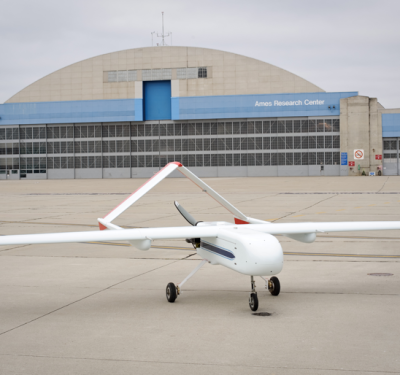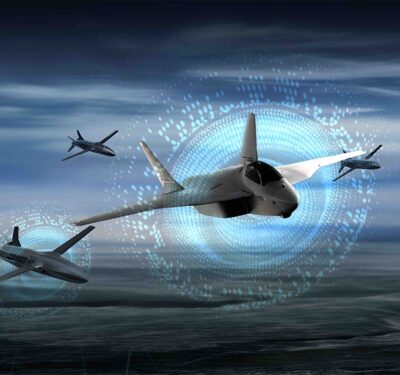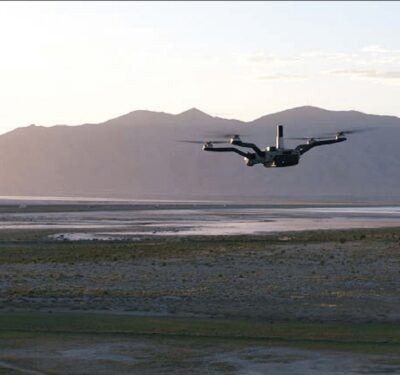
The U.S. Army will use Raytheon Company’s Coyote unmanned aircraft system (UAS) and the KRFS radar, which stands for Ku band radio frequency system, to counter the escalating threat of enemy unmanned aerial vehicles in the skies above the battlefield.
Equipped with an advanced seeker and warhead, the Coyote-enabled system can successfully identify and eliminate threat UAVs when paired with an advanced electronically scanned array KRFS radar, which acquires and accurately tracks all sizes of UAS threats.
Reportedly the most capable UAS in its class, Coyote is small, expendable and tube-launched. It can be deployed from the ground, air or a ship. Coyotes can be flown individually or netted together in swarms, and they are adaptable for a variety of missions including surveillance, electronic warfare and strike.
“Enemy unmanned aircraft are among the biggest threats facing our ground troops today,” said Dr. Thomas Bussing, Raytheon Advanced Missile Systems vice president, in a press release. “Our small, expendable Coyote provides the Army with an affordable and highly effective solution for countering the growing UAS threat.”
In addition to Department of Defense missions, the versatile Coyote is also used by the National Oceanic and Atmospheric Administration for hurricane tracking and modeling.
Raytheon is finalizing development of advanced Coyote variants that will fly faster and farther. Because of an urgent operational need, the Army is expected to use Coyote as a counter-UAS solution before the end of the year.
The KRFS radar in use today is a multi-mission radar providing rocket, artillery and mortar, sense and warn, and counter-UAS mission capabilities. Its accuracy enables significant UAS mission performance including precision fire control and UAS swarm scenarios at tactically significant distances.






